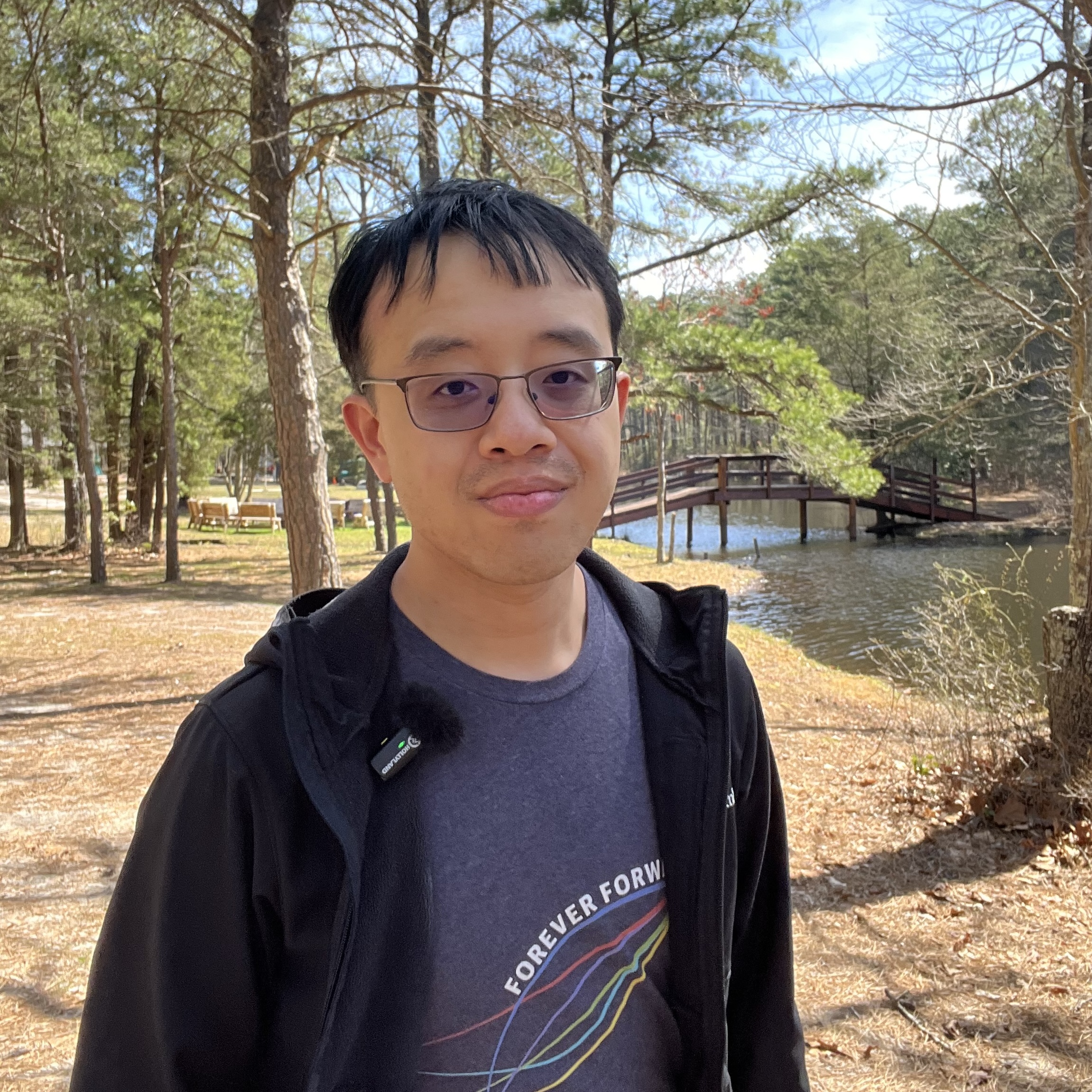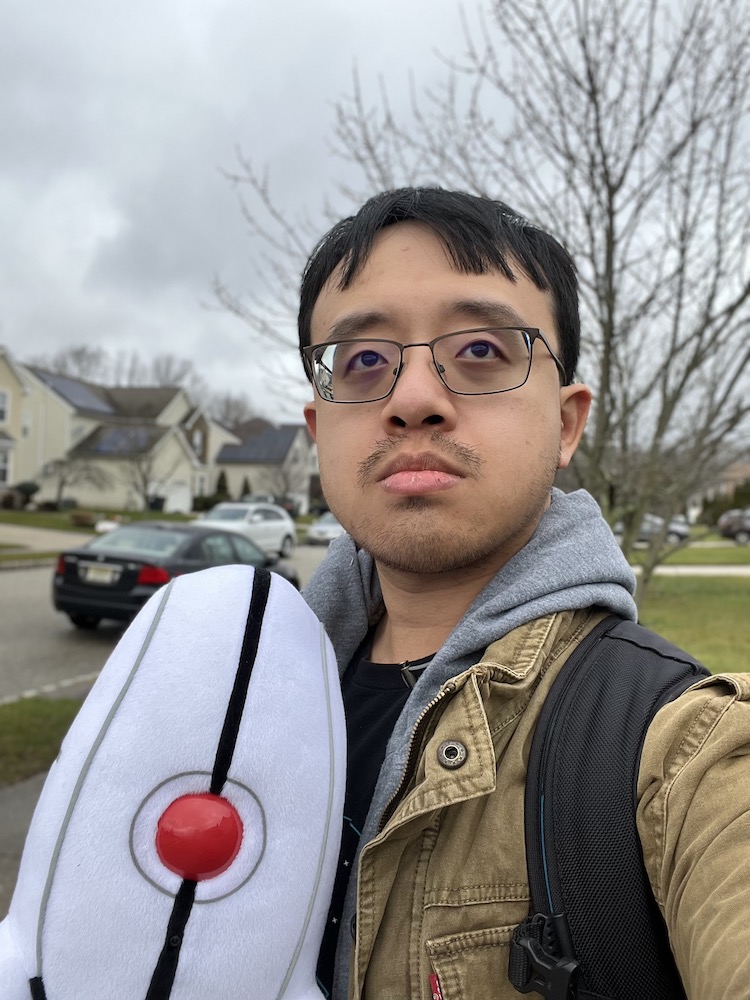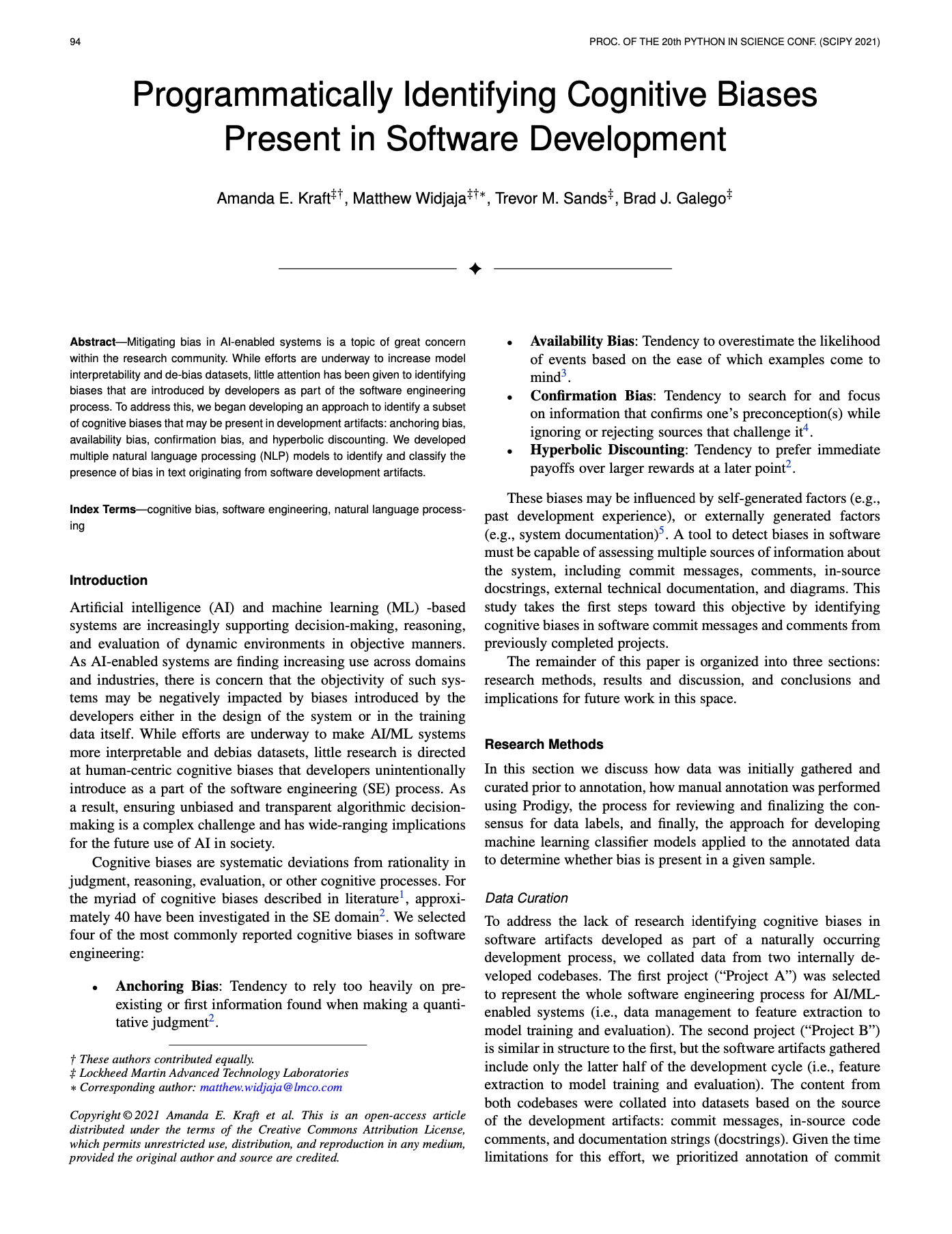Hi, I’m Matt 👋
I use data & technology to create a love driven world
I create robust technical solutions
I solve problems differently
I tackle problems that others overlook
I am a leader at the core
I leave teams better than when I first found them
Want to chat? You can email me at matthew@wimagine.org

My Resume 📄
My resume gives a summary of my technical skills and experience. To prevent spam downloads, just fill out the CAPTCHA below to get it instantly.
Curious about what drives me beyond the tech? The rest of this page shares personal stories about my approach as an engineer, collaborator, and leader.
My Go-To Tech Stack
Python
My programming language of choice since 2014 to connect my domains of data engineering, data science, and data analytics. And yes, I use type hints, document my code, and create object oriented code.
Docker & Kubernetes
When the code has to be deployed, it’s Docker (and maybe Kubernetes depending on the deployment infrastructure) or bust.
Git
My version control platform of choice since 2019 to facilitate team collaboration
Programming Languages
Python
C/C++ (Currently Not Used)
MATLAB (Currently Not Used)
R (Currently Not Used)
Python Skills
Biology: Biopython
Data Processing: MissingNo, Pandas, & Pickle
Data Visualization: Bokeh, Matplotlib, Seaborn
Deep Learning: Keras, PyTorch, Theano, & TensorFlow
Game Theory: openai & retro
NLP & Language: Beautiful Soup, NLTK, Prodigy, & Spa.cy
Math: Numpy & Scipy
Machine Learning: Scikit-learn
Parallel Computing: Dask
Story Telling: Jupyter Lab (on device and deploying on server)
Web: Flask & Requests
Other Skills
Agile: Jira
Automation: Crontab and Jenkins
Cloud Computing: AWS (EC2, Lambda, Lightsail, S3), DigitalOcean, Domino, and Microsoft Azure.
Containers: Docker and Kubernetes
Databases: AWS DynamoDb, ElasticSearch, MySQL, SQL, SQLite, and Postgres.
GPU: Cuda
Notes: Markdown
Terminal: Bash, Csh, Tcsh, & Zsh
Version Control: Git (GitHub + GitLab), Subversion, & ClearCase
Web: HTML/CSS, Bootstrap, Google Analytics, and WordPress
I create robust technical solutions 💻
Instead of rebuilding ML pipelines from scratch for every project, I architect scalable solutions that expand across datasets and use cases.
I kept running into the same problem where human-generated sensor data is messy and inconsistent, which created headaches when trying to store and process it across our research projects. So I built a reusable Python Data ETL pipeline that processes sensor data. Since 2019, this system has processed 5+ datasets across 4+ projects and runs seamlessly both locally and on AWS.
I noticed multiple projects needed reinforcement learning capabilities, but everyone was rebuilding similar infrastructure from scratch each time. I developed a containerized pipeline that extends Open AI Gym’s APIs, using Docker and Kubernetes, with custom gaming support. Now teams can transfer learning between game types while scaling automatically, without having to rebuild RL infrastructure for every new project.
As Data Director at Epic Church, I identified that our paper bulletin system wasn’t capturing engagement data from our 400-600 weekly adult attendees. I designed and built a comprehensive text-to-check-in pipeline using SMS API gateways integrated with RockRMS workflow mechanisms and data science best practices. This system replaced our static paper process with a customized digital experience that automatically logs attendance, facilitates next-step connections, and enables help requests – creating a scalable solution that serves hundreds of adults every week.
In my R&D Journey of trying to answer questions, I had the opportunity to implement these models
ML: Regression Modeling
ML: Classification Modeling
ML: Unsupervised Learning
Reinforcement Learning (MA-DDPG)
Deep Learning (TimeGAN)
I solve problems differently 💡
Instead of joining the crowded field of detecting bias in ML models, our team flipped the problem. What if we could detect cognitive bias in the developers themselves through their Git commit logs and code comments?
We first secured funding to annotate a dataset of commits and comments for cognitive biases. I then led the development of an NLP model to identify bias in these programming artifacts . This proved harder than expected because programming artifacts don’t tend to follow English’s grammatical and linguistic expectations.
While both our model and human annotators struggled to identify specific bias types, we discovered something valuable – both could reliably detect when bias was present, even if they couldn’t categorize it precisely.
I tackle problems that others overlook 👟
I don’t just solve the problems I’m assigned – I actively look for issues that are blocking progress and tackle them head-on. Whether it’s a model that needs more rigorous testing or a process that’s frustrating teammates, I take initiative to create solutions that benefit the whole team.
I realized our deep learning models were failing on a specific activity that could easily be mistaken for something else. Since we had limited data for this edge case, I independently collected my own dataset, ran it through the models, and demonstrated that our approach could work with more diverse training data.
Many newer employees were getting blocked by our corporation’s IT security restrictions, which prevented them from completing basic onboarding steps for their projects. I took initiative, on my own, to document my onboarding process and technical best practices on a team wiki.. The entire team has since contributed, growing it from 1 page to 30+ pages, and expanding its use across several teams corporation-wide.
In my role as Data Director at Epic Church, I noticed that non-technical staff members were struggling to access the data they needed to fulfill their responsibilities effectively. Rather than wait for requests, I proactively developed custom SQL reports tailored to the specific problems I heard them discussing. These reports transformed complex database queries into accessible insights, enabling staff to make data-driven decisions without requiring technical expertise.
And to prevent adding new problems to the codebase, these are my coding standards:
Clear OOP Class Hierarchy
Self-Documenting Code
Docstrings & Comments
Test Cases
Code Reviews
I am a leader at the core 🧭
When I joined our lab’s largest program, I saw a critical gap: business leaders had vision, but it wasn’t translating to actionable technical work. Teams were siloed, blocked, and struggling to move forward. So I volunteered to become Scrum Master for a smaller integration team within this program.
In two months, my practices began to work and everyone on my team was moving forwards. The team became so efficient that I was effectively promoted to Global Scrum Master across an entire swatch of teams within this program, tasked with bringing this same productivity to the entire program.
This is how I lead
I run focused meetings that capture blockers, track status, and ensure team members know their next steps.
When port conflicts were preventing development and deployment, I guided the team’s transition to Kubernetes.
For example, when team members weren’t getting feedback they needed from certain stakeholders, I hosted meetings and escalated issues to leadership.
I check in with our end users and leadership regularly to make sure they’re well served
I leave teams better than when I first found them 🤝
I don’t just do my job – I energize and enrich teams because I genuinely believe people are at the heart of innovation. I bring my best, I’m intentional about being present and helping people when they ask, I’m honest about mistakes I’ve made so others don’t repeat them, and I energize the office culture with fun and energy.
When I noticed confusion about our team’s direction and objectives, I independently developed a plan to re-align everyone around clear business and technical goals.. I proposed this to leadership, and it remains as our organizational structure to this day, providing redundancy should any area become volatile.
Seeing that people were losing touch with each other and feeling isolated with increasing remote work, I created an after-hours mailing list to host virtual events and in-person gatherings. This helped build a more inclusive culture where remote members feel connected and in-person members feel unified, even in our hybrid environment.
As Data Director at Epic Church, I inherited a technical team that was extremely difficult to staff and onboard due to the unique combination of SQL, HTML, CSS, C# skills, church-specific RockRMS knowledge required, and how most of the team members were volunteers. I developed a comprehensive 20-page interactive onboarding experience that guides new volunteers through behind-the-scenes operations with hands-on challenges and real-world scenarios. This system allows us to effectively evaluate fit and dramatically improved our team retention and capability.



